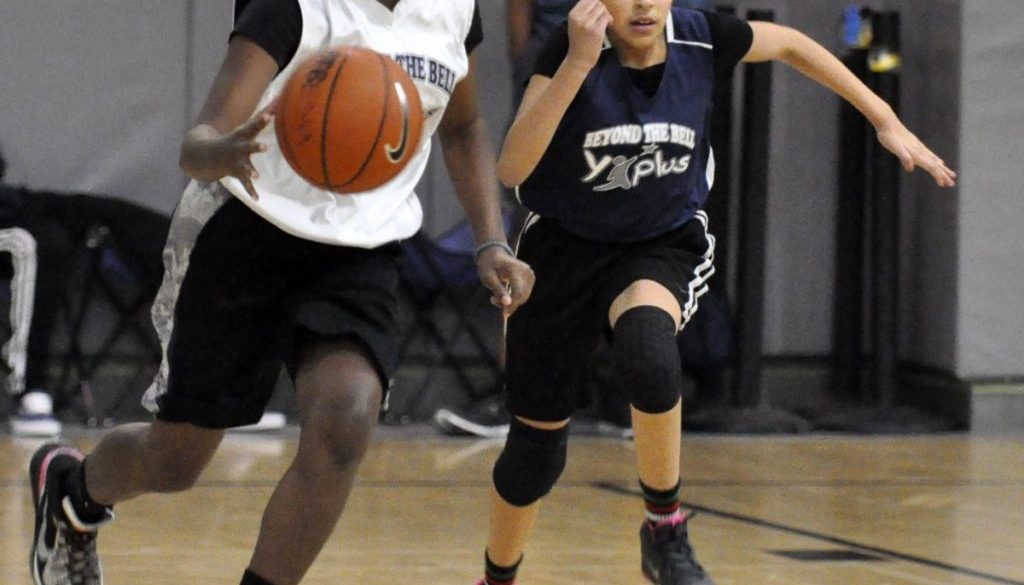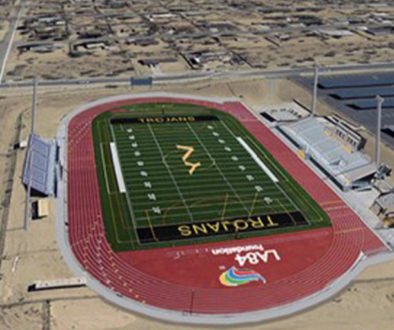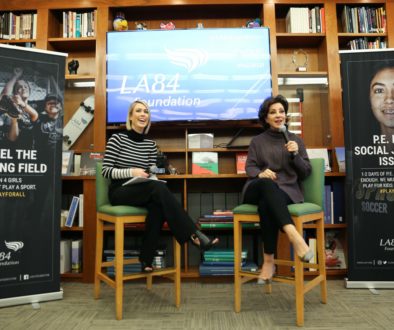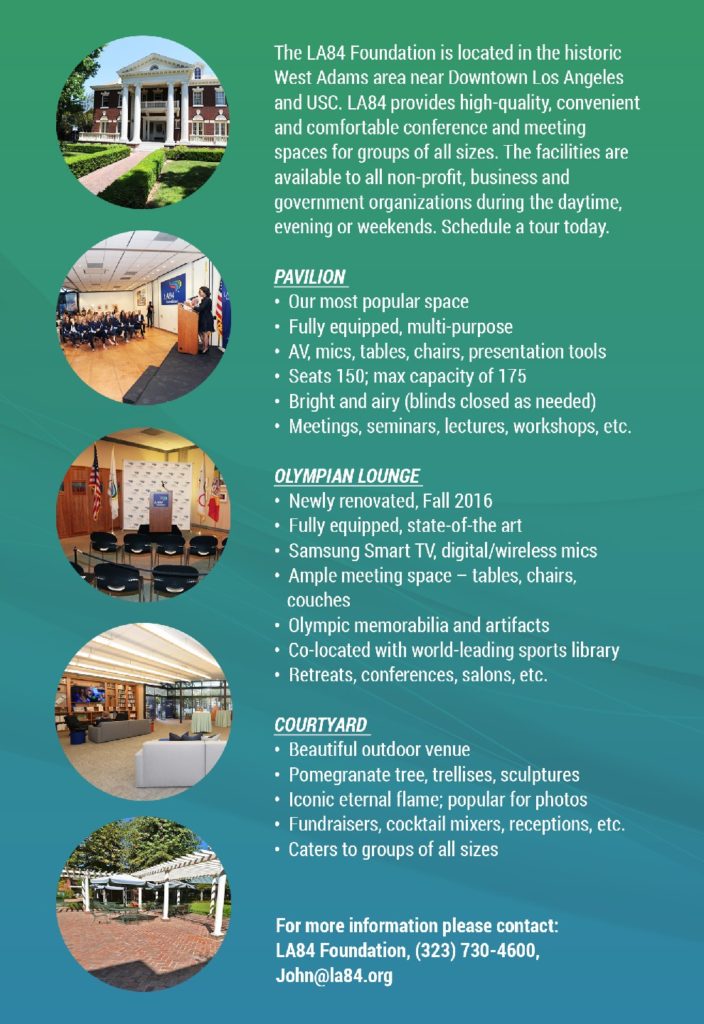Stay In School: Youth Sports On Campus
Rep. Charles Boustany, Jr. (R-LA) has introduced the PHIT Act, a bill with bipartisan Congressional support that would provide a $1,000 tax credit, or $2,000 on a joint return, for “qualified sports and fitness expenses.” This bill comes on the heels of a recent Physical Activities Council survey reporting that physical activity rates continue to decline among young people ages 6 to 17. Essentially, it’s aiming to put exercise in the same category as medical care as a method of preventative health.
Organized sports represent a vital avenue for kids to be physically active, and the PHIT would directly help the cause by lowering financial barriers to participation. However, family funds are just one reason that too many kids today are inactive. Other factors include overspecialization in sports at early ages, too much sports travel, poorly trained coaches, and parental fears in high-crime neighborhoods about their children’s safety in parks and surrounding areas.
We congratulate Rep. Boustany and youth sports advocates across the country for calling attention to the need to make youth sports more financially accessible. In the meantime, the LA84 Foundation — as it has done for three decades — continues to fund programs that offer a counter narrative to the national trend.
One of LA84’s big bets is the Beyond the Bell Middle School Sports Program (MSSP), a no-cost, after-school organized sports program. With LA84 funding assistance, MSSP has been implemented in all 94 middle schools in the Los Angeles Unified School District.
We all know that high schools, through interscholastic athletics, provide a setting for young people to play sports. But to increase the number of kids playing sports, we need to expand our thinking and consider other types of schools as youth sports venues. The foundation’s support of the Beyond the Bell MSSP reflects our conviction that middle and elementary schools also should be a locus of youth sports. Schools typically have play space, offer a safe environment, eliminate the need for extra travel and can utilize school staff who already have a strong bond with young athletes. Most importantly, schools have a built-in population of millions of students.
MSSP began in 2008 with four core sports — basketball, flag football, soccer and softball. Some schools now have added more sports. In each sport, the program offers a minimum of two and a maximum of five practices a week with a trained coach. There are intramural competitions at all schools, followed by a citywide inter-school tournament. A majority of students in the program meet the federal requirement for free or reduced-cost lunches; 75 percent are Latino and 10 percent are African American.
While many programs throughout the U.S. report declining numbers, the Beyond the Bell MSSP has experienced a 57 percent increase in unduplicated participants, with particularly strong gains among girls. Third-party evaluations of the program show high student satisfaction rates and several positive academic outcomes that predict high school graduation.
Reversing the decline in youth physical activity will require action on all fronts and the willingness to try new ideas. Introducing sports at middle and elementary schools is a proven method of success that get kids moving again and provides added benefits in the process.





